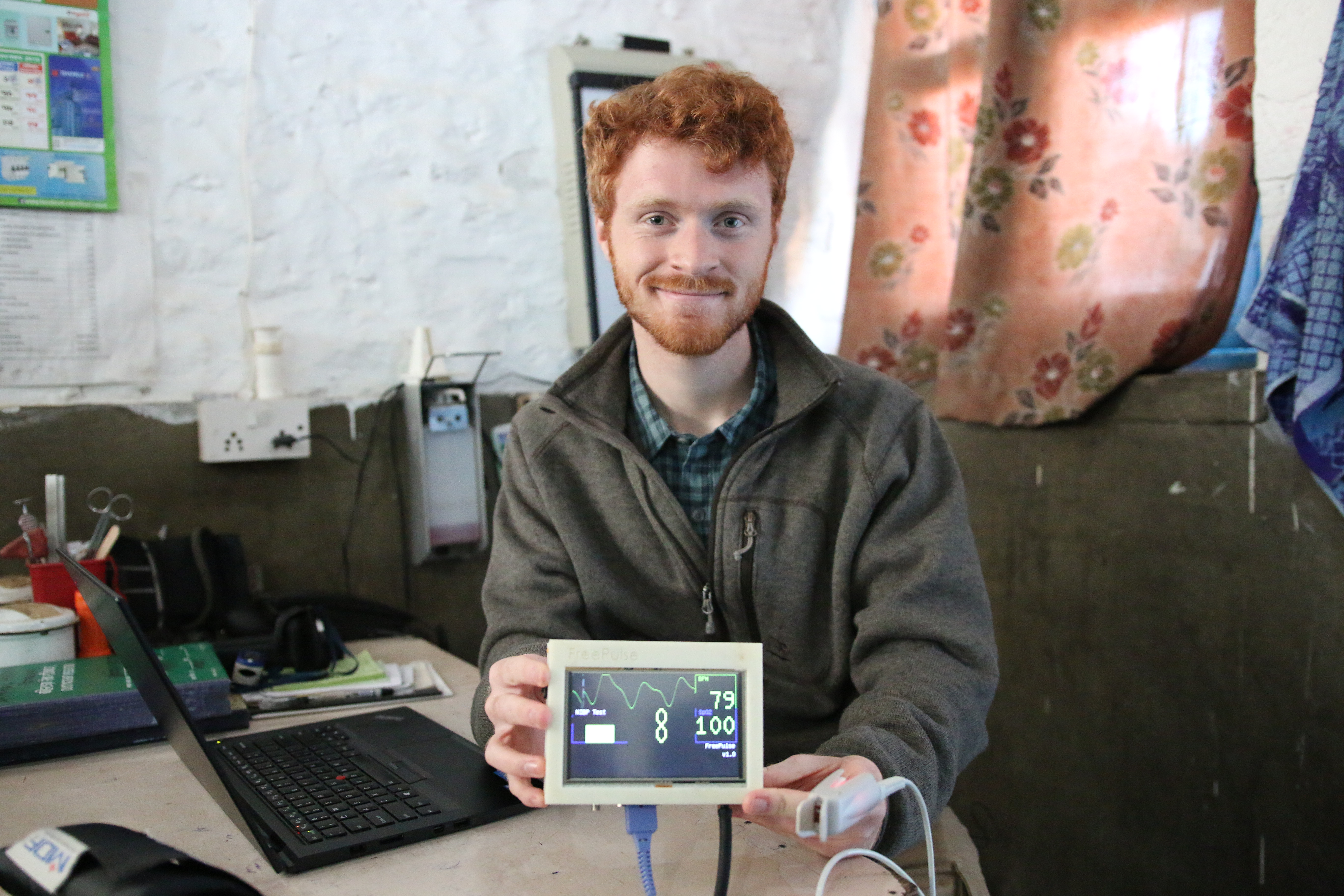Lessons from Amppipal
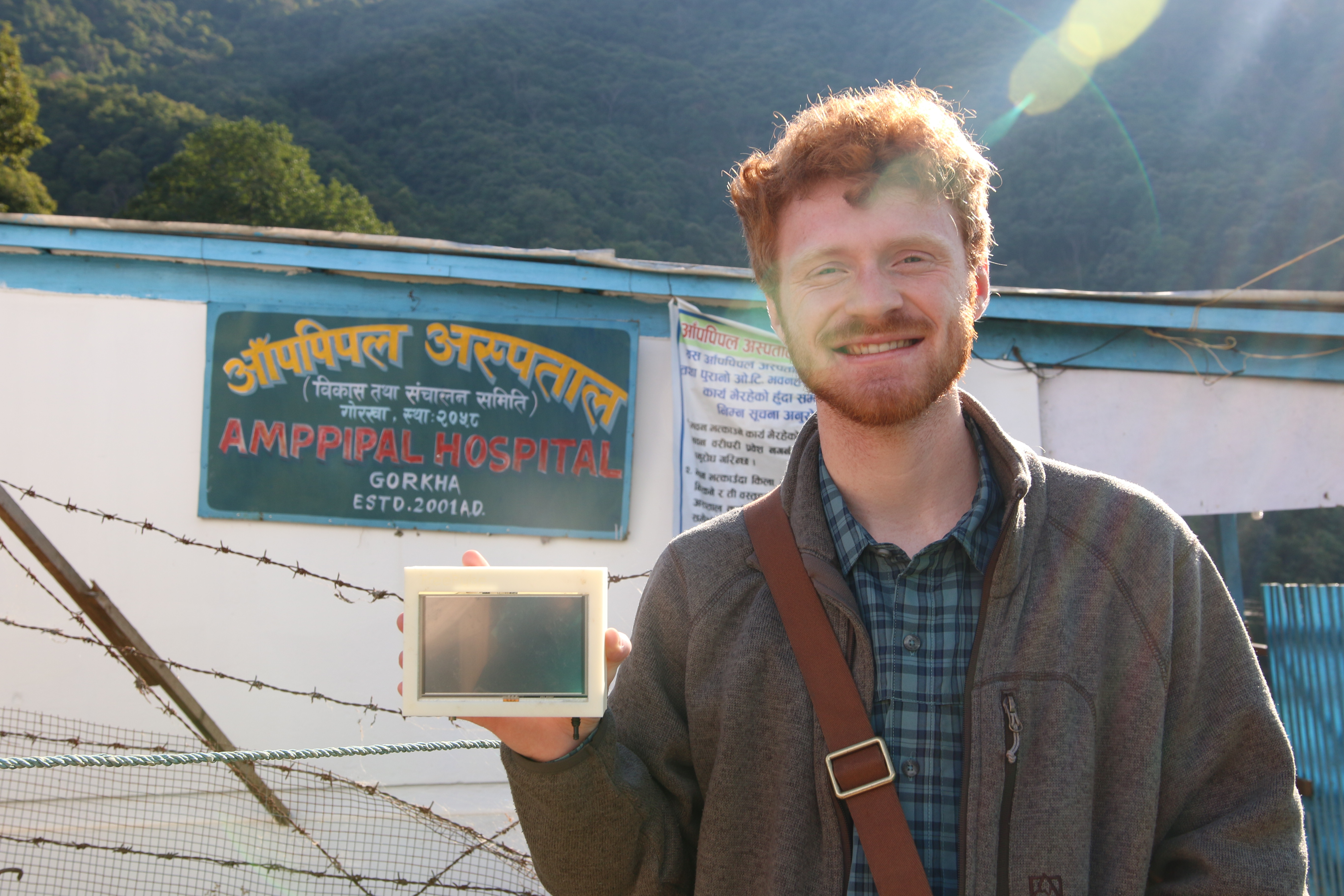
The front entrance to Amppipal Hospital
Already my time at the first hospital of our tests in Nepal has come to a close, and what an experience it has been. Amppipal was vital in setting the stage for the rest of this trip. It taught me about some of the realities of performing medical research in developing countries, and I am better prepared for the challenges to come because of the experiences I had there.
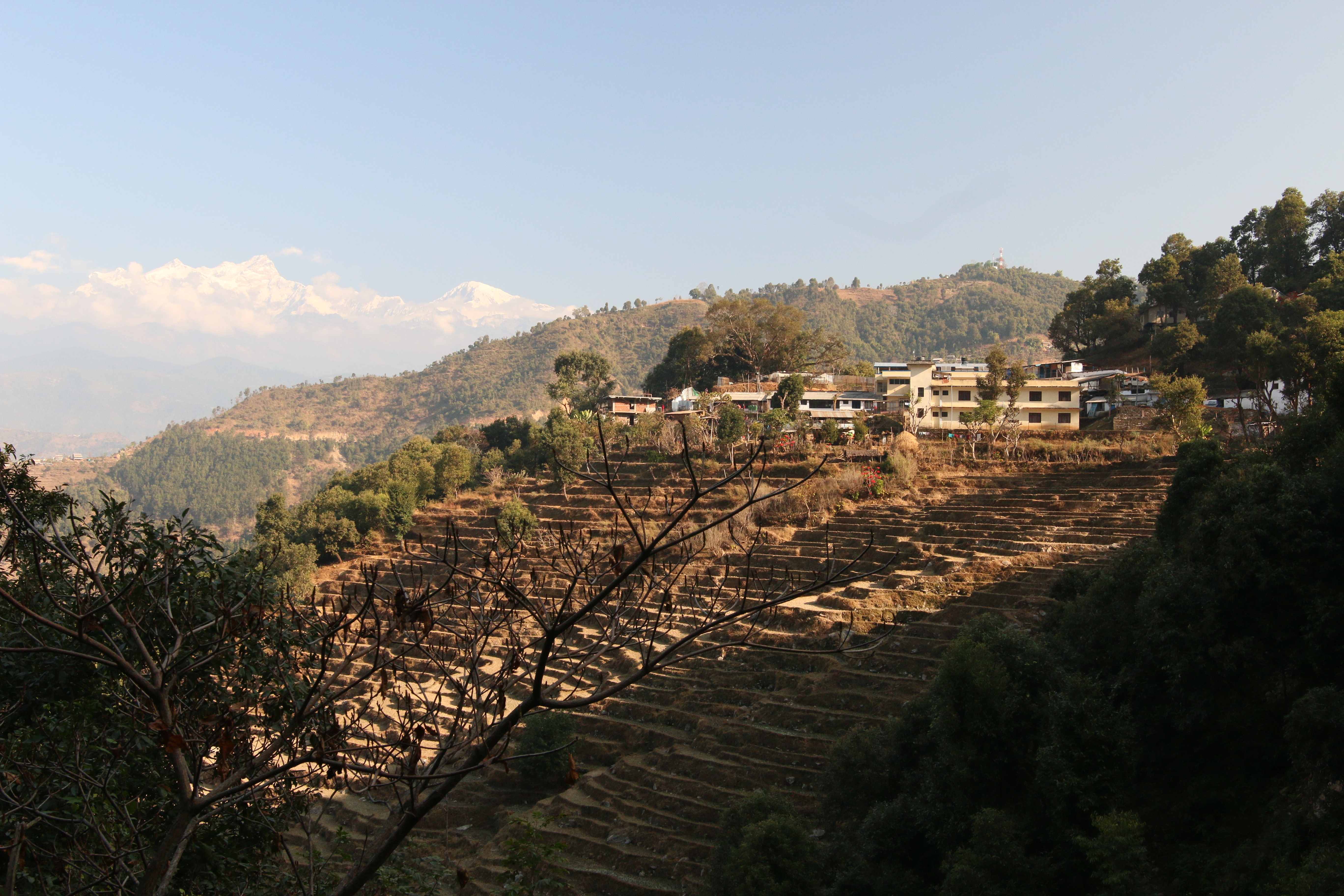
Amppipal Hospital and the stunning view of the Himalayas
Amppipal is a small town north of Dumre, and its hospital is nestled in between two hills facing the Annapurna mountain range. The hospital is separated from the main highway by a 45-minute bumpy jeep ride over unpaved mountain road, but the village around the hospital is bursting with life.
Anything That Can Go Wrong...
As is often the case while working in resource-constrained environments, we began to encounter difficulties due to circumstances beyond our control. I discovered the first big hurdle while unpacking: the FreePulse prototype was damaged during our particularly bumpy ride!
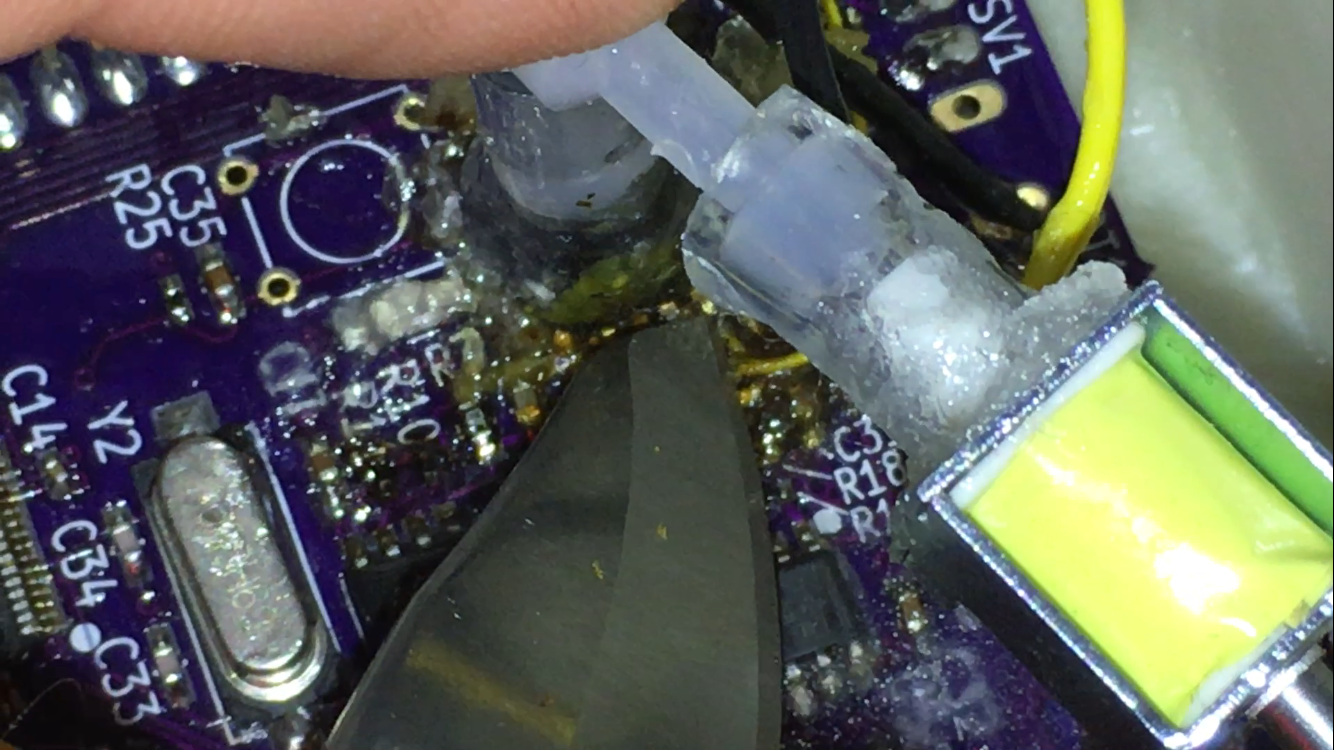
Using a knife to reposition a pressure chip pad. Amazingly, it actually worked.
During transit, the pressure sensor chip for the blood pressure circuit got yanked off of its pads on the board. In order to take blood pressure measurements at Amppipal, I would need to fix this chip before beginning testing-- however, I had a very limited set of tools on hand to fix the sensor chip in the right position (essentially just a knife and epoxy). Thankfully, the director of the hospital was out of town for the day, moving our start day back to Sunday. This gave me a large time window to make the fix, and so I focused on repairing the device and getting everything up and running.
Sure enough, by the time Sunday came around I managed to tack down the NIBP chip using a borrowed soldering iron and spare epoxy. We met the hospital director, Mr. Baburam Giri, who very graciously gave approval for us to work in the outpatient department starting that afternoon. However, after gathering our things and preparing for the afternoon start time, I began to have an unsettling feeling that grew to a full-out flu-like illness. I was completely incapacitated by the time testing was supposed to begin, and so we (grudgingly) pushed the start time to early the next morning.
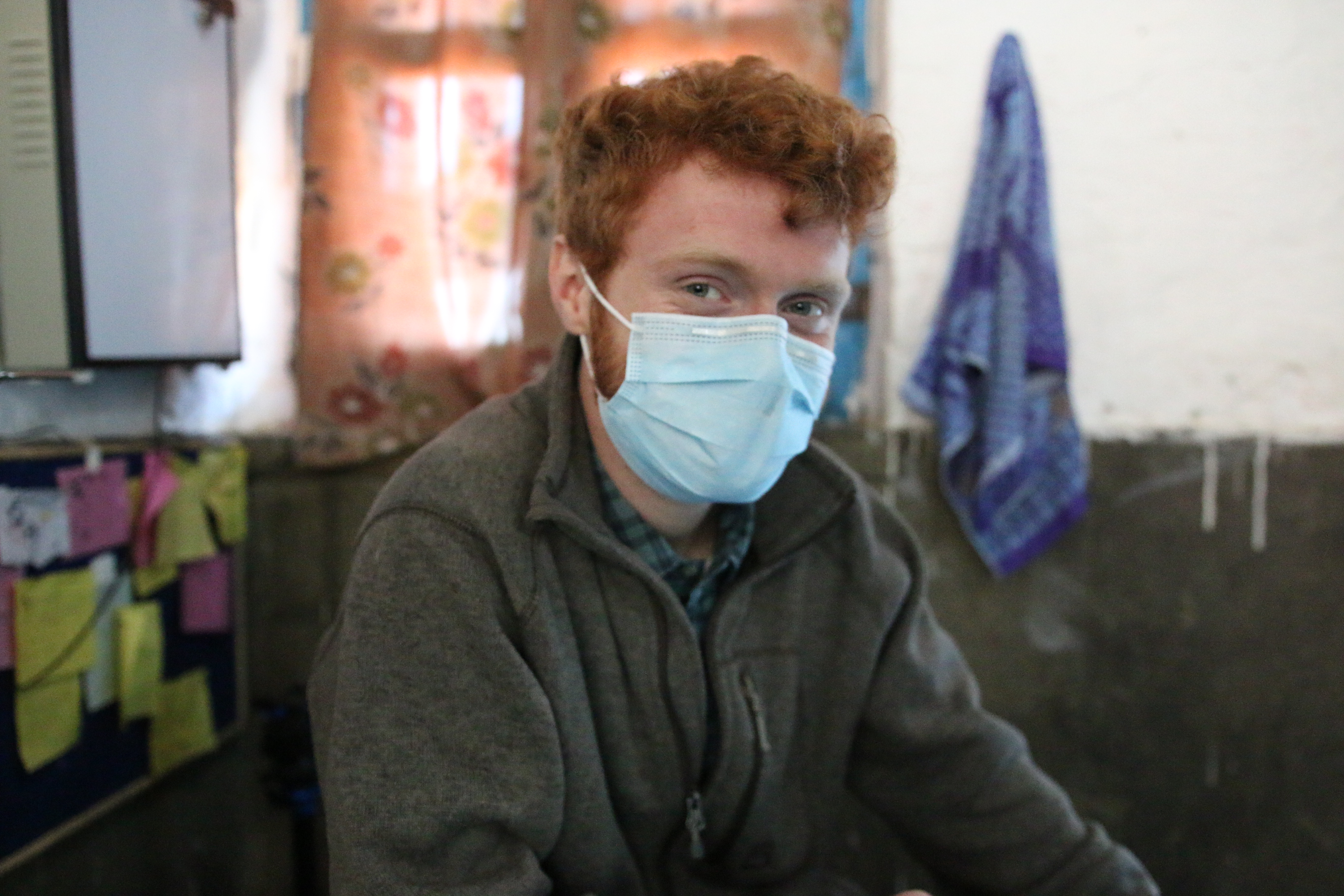
We took precautions and wore facemasks and sanitized after every patient
Finally, I awoke the next morning feeling marginally better and ready for action. Armed with facemasks and plenty of hand sanitizer, we set up a station in the outpatient department and saw the first few patients of our trials in Nepal! The nurses were incredibly helpful with communication as we explained the purpose of the trial to each participant. When we broke for lunch, we were on track to get ten patients recorded before the end of the day.
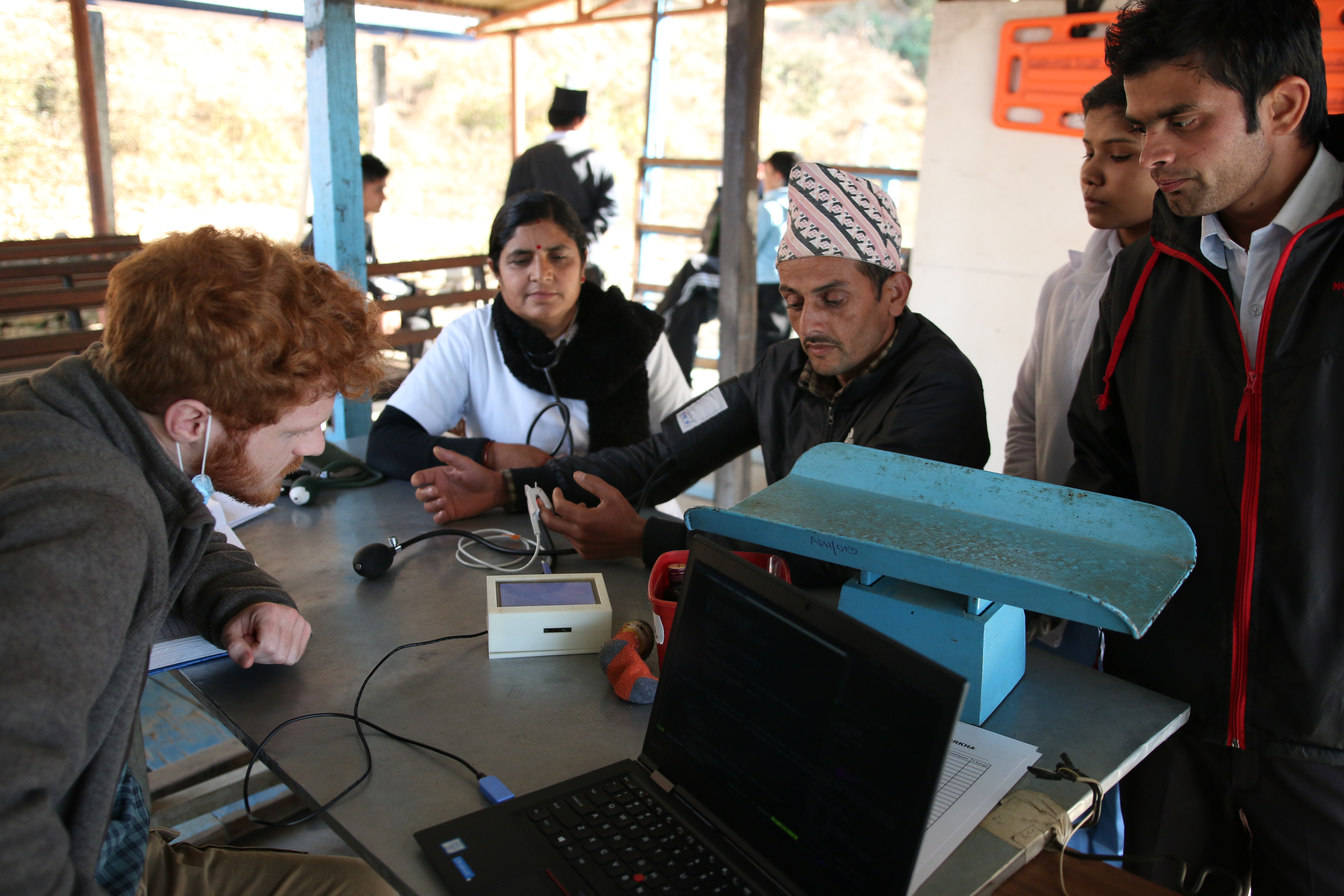
We performed some measurements outside in the OPD waiting area. The pulse ox probe got accurate readings, even in the crazy ambient lighting!
After lunch, things seemed fairly quiet. After waiting in our testing room for a few minutes, I wandered outside to ask one of the nurses if there were any patients. Lo and behold, she informed me that there were no patients left in the outpatient department, so they had closed for the day at 2 PM! The people I had seen outside were simply villagers who were hanging out in the outpatient waiting area!
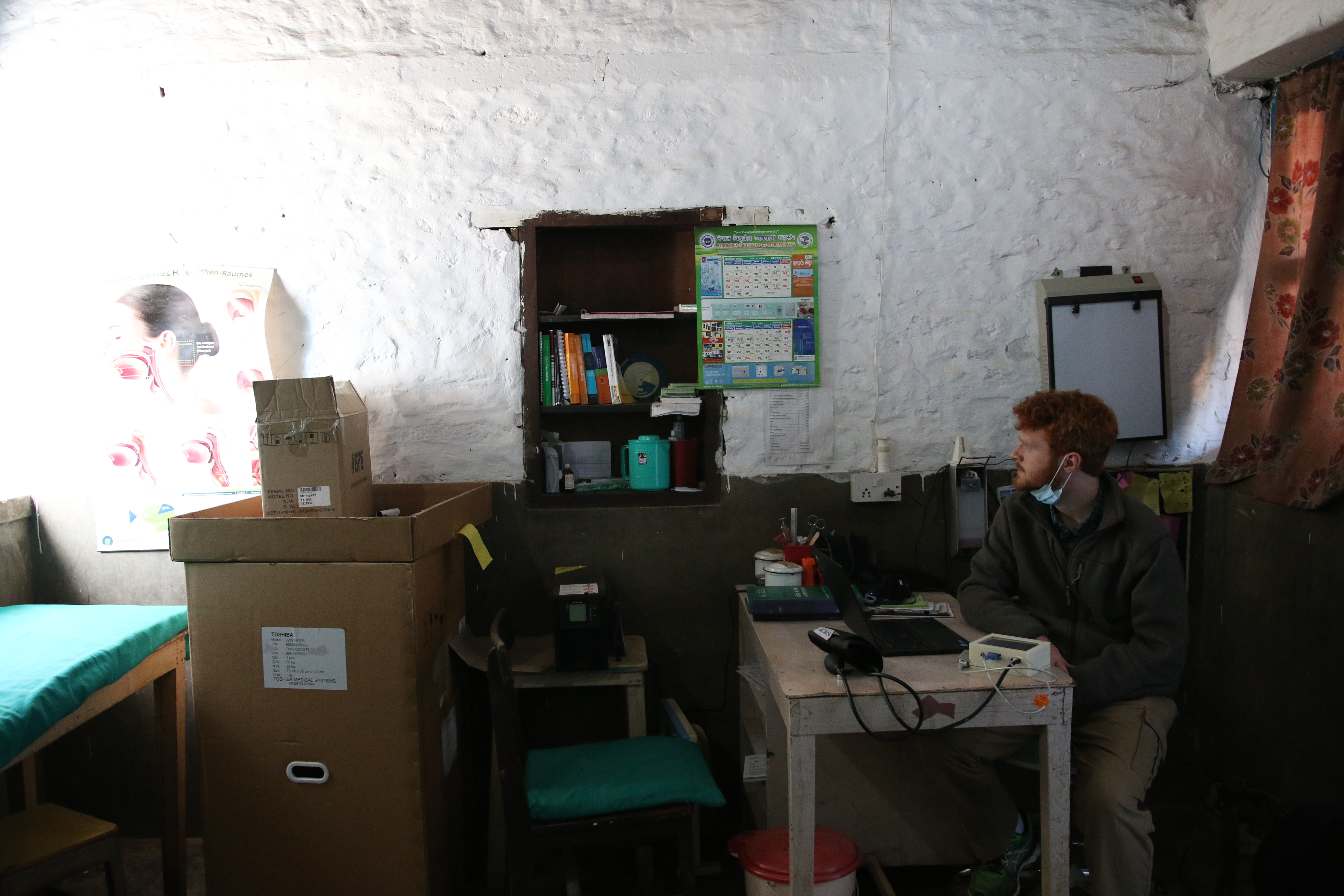
Waiting in an empty room, pondering where all the patients went
All in all at Amppipal, we fixed one broken patient monitor, rode in over 1.5 hours of unpaved road, overcame one flu-like illness, tested five patients, saw some incredible mountains, and met some truly incredible people.

Dr. Shrestha tried out FreePulse and gave great feedback about the device
Live and Learn
Amppipal was an excellent learning experience, as a couple of key truths about working in remote settings were reinforced to me. Firstly, it is critical to always design redundantly so that even when the pressure sensor chip twists off its pads (or any other range of improbable errors occur), the monitor keeps working as expected. Built-in redundancy is the only line of defense that exists when you are outside the reach of spare parts or sophisticated electronics tools-- it's crucial to invest in making it strong during the design phase.
Secondly, this redundancy should also apply to your experimental procedure and scheduling. Especially in hospital settings, schedules are often at the mercy of the availability of administrators and doctors, and preparing for this ahead of time will save lots of headache and stress.
Thirdly, trust the staff! The nurses and doctors at these hospitals are skilled and willing to help in everything from communication to taking somebody's blood pressure, or serving as a helper during testing. I was astonished by the level of generosity the staff at Amppipal showed us during our stay, and for that I am extremely grateful.
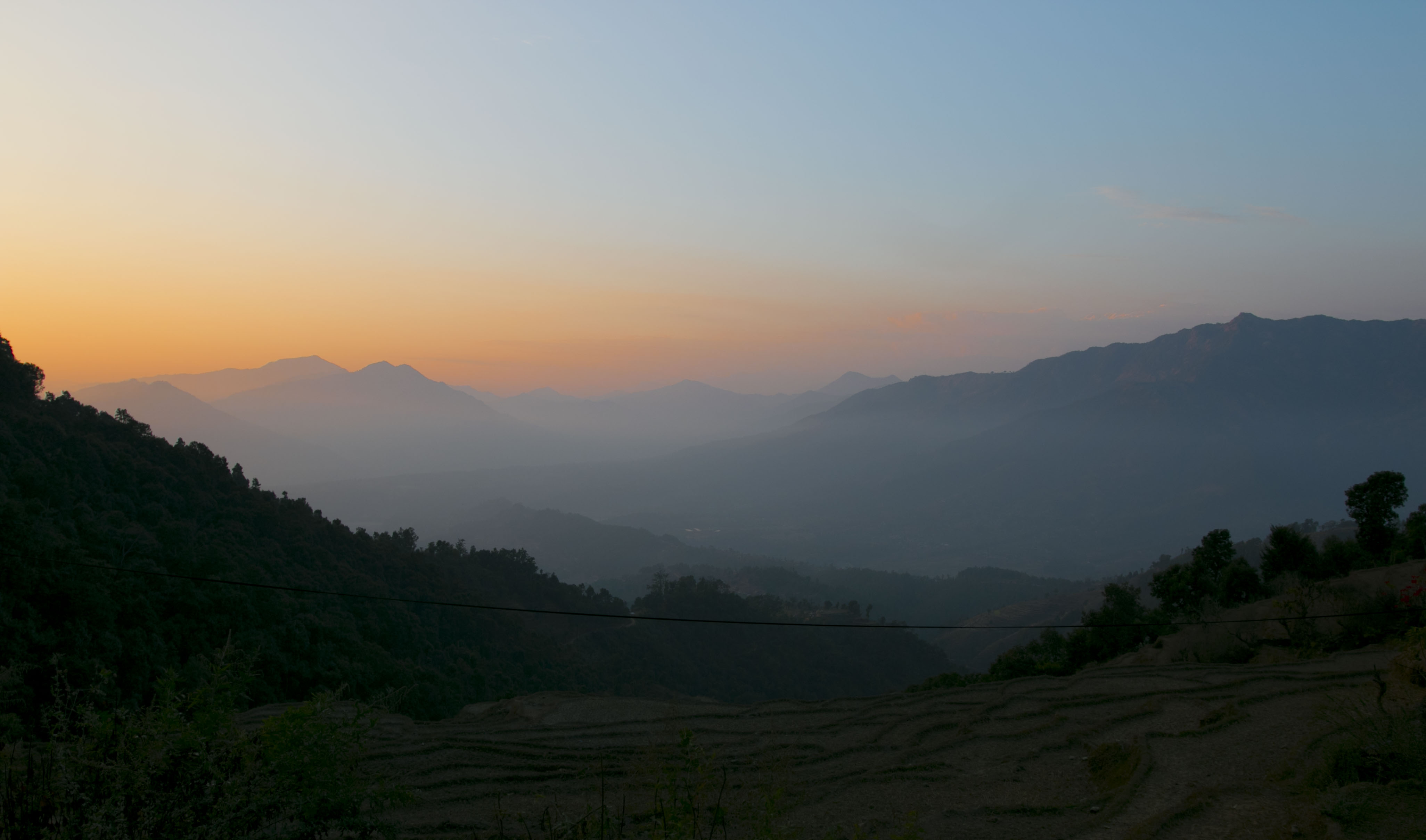
The picturesque view we were greeted with every evening from the guest house
We are now preparing for the second hospital of our tests: Okhaldhunga Community Hospital. Armed with these experiences and lessons, I hope to make it an even more exciting and productive time-- and I cannot wait to report on all of the adventures we'll have!
